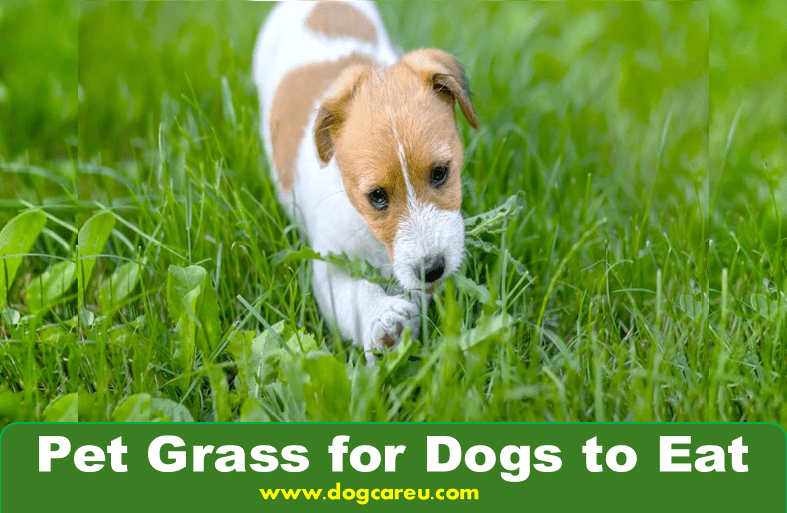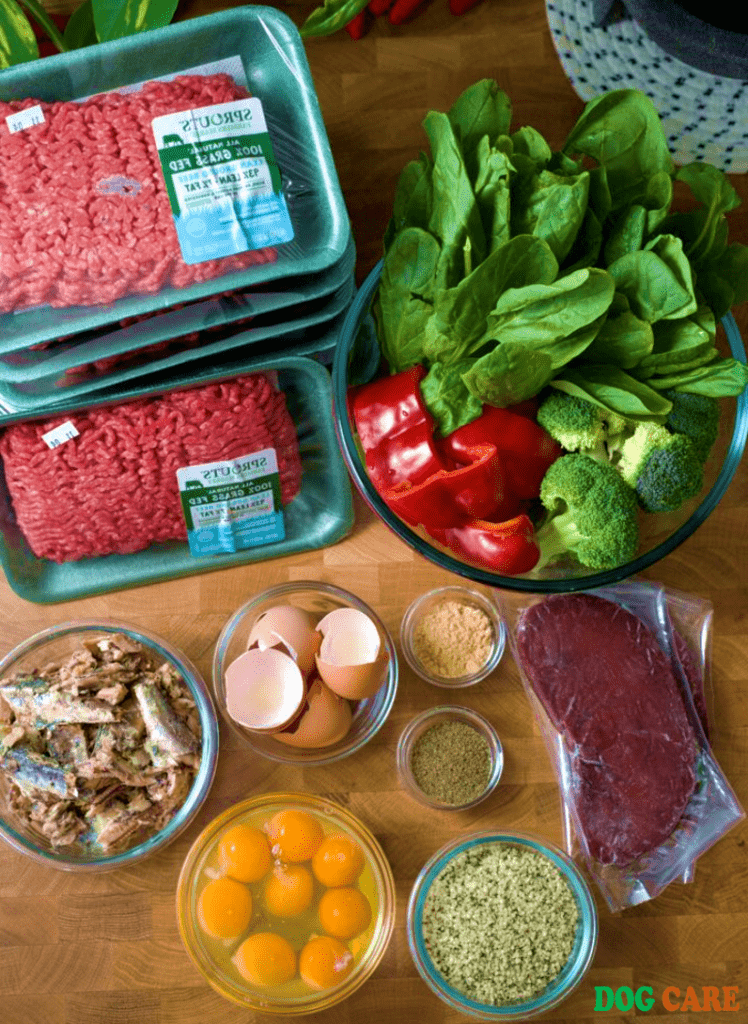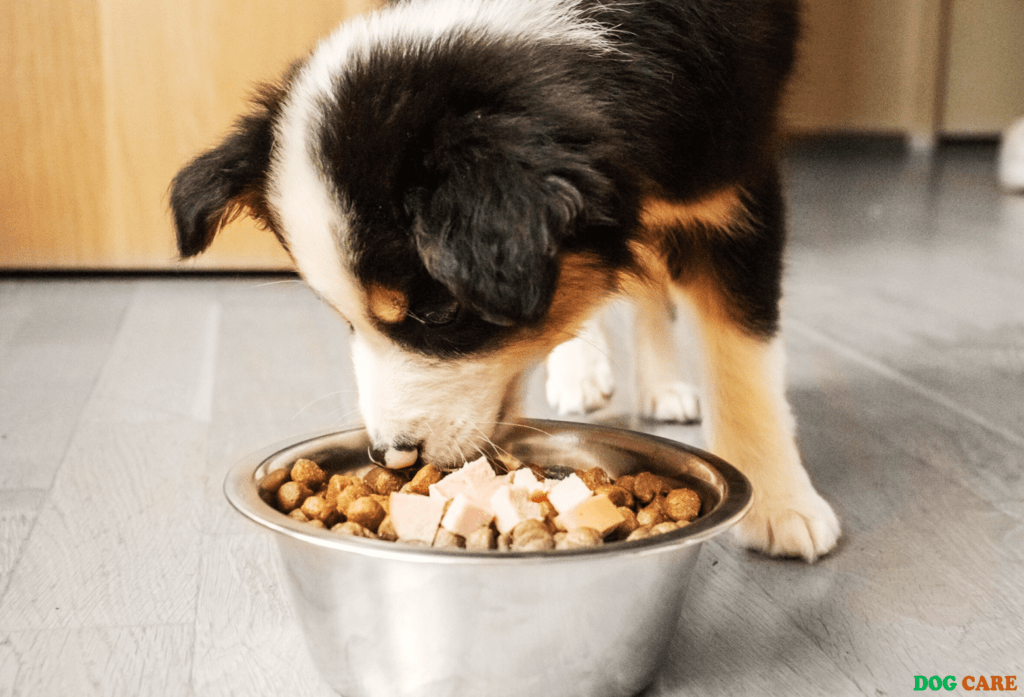Pet Grass for Dogs to Eat: Pet grass is safe and beneficial. It provides natural fiber and nutrition, promoting healthy digestion.
Dog owners can grow pet grass to enhance their pet’s diet and well-being. Pet grass, also known as intermediate wheatgrass, offers a safe option for dogs to graze on, such as Agropyron repens. This type of grass is a favorite among pets and contributes to their overall health.
Owners can ensure their dogs get essential nutrients and dietary fiber by incorporating pet grass into their feeding routine. Additionally, pet grass is a natural and wholesome snack that dogs enjoy and can safely consume.

Types Of Pet Grass
Pet grass is essential to your pet’s diet, especially for indoor pets. It serves as a natural source of fiber and aids in digestion. Several types of pet grass are suitable for dogs, each providing unique benefits. Understanding the various types of pet grass available can help you choose the best option for your furry friend.
Agropyron Repens
Agropyron repens, also known as couch grass, dog grass, quackgrass, or twitch grass, is renowned for its palatability and is a favorite among dogs. It provides a good source of fiber and aids in preventing hairballs and indigestion. Additionally, it is easy to grow indoors and outdoors, making it a convenient choice for pet owners.
Intermediate Wheatgrass
Intermediate wheatgrass, often called pet grass, is a popular option for pet owners. This type of grass is not the same as the wheat used for bread flour, and it is safe for dogs to consume. It is rich in nutrients, including vitamins and minerals, which can supplement your pet’s diet. Moreover, it is relatively easy to grow, making it a convenient and practical choice for pet owners seeking to provide a healthy treat for their dogs.
Is Pet Grass Safe?
Pet grass, such as Agropyron repens, is safe for dogs to eat and provides natural fiber for digestion. It’s a nutritious addition to their diet, especially for indoor pets lacking outdoor exposure. Growing pet grass, intermediate wheatgrass, can benefit your furry friends’ overall well-being.
Digestive Benefits
Pet grass provides:
- Increased fiber for better digestion
- Natural enzymes for gut health
- Helps with hairball prevention
Safety Concerns
Key points to consider:
- Pet grass should be non-toxic
- Avoid treated grass with chemicals
- Monitor your pet’s grazing to prevent overconsumption
Growing Pet Grass
If you’re looking to provide your furry friend with fresh pet grass to munch on, container gardening is a convenient and space-saving option. It allows you to control the growing conditions easily and ensures that your pet can access lush and safe grass at all times.
Container gardening is particularly beneficial for pet owners who live in apartments or have limited outdoor space. It lets you bring the outdoors inside and provide your furry friend with a dedicated patch of grass to satisfy their natural instincts.
When it comes to growing pet grass in containers, there are a few key factors to consider for optimal growth. Providing the right conditions ensures your furry friend has a constant supply of healthy and delicious grass to nibble on.
- Choose the right container: Select a container deep enough to accommodate the grass’s root system. Make sure it has drainage holes to prevent waterlogging.
- Select the appropriate soil: Use a high-quality potting mix that is well-draining and rich in organic matter. This will provide the necessary nutrients for the grass to thrive.
- Provide ample sunlight: Place the container in an area that receives at least 4-6 hours of direct sunlight daily. This will help promote healthy growth and prevent the grass from becoming leggy.
- Watering routine: Keep the soil moist at all times, but avoid overwatering, as it can lead to root rot and other issues. Water whenever the top inch of soil feels dry to the touch.
- Regular trimming: To encourage dense and lush growth, trim the grass regularly to a height of about 2-3 inches. This will also prevent it from becoming too long and unappealing to your pet.
These simple steps allow you to create an ideal environment for your pet grass to flourish and provide your furry friend with a healthy and safe snack option.
Maintaining Pet Grass
Pet grass is essential for dogs to eat as it provides the necessary natural fiber for digestion. It is safe for pets and can be grown easily at home, making it a great addition to their diet.
Maintaining Pet Grass Pets can benefit from having access to pet grass, as it can help aid in their digestion and provide essential nutrients. However, to ensure that your pet grass remains healthy and safe for your furry friends, it is essential to maintain it properly. This includes regular trimming and pruning and taking measures to prevent pests from infesting the grass.
By following these maintenance practices, you can ensure that your pet grass continues to thrive and provide a valuable resource for your pets. Trimming and Pruning To keep your pet grass healthy, it is crucial to trim and prune it regularly. This will help prevent it from becoming overgrown and maintain a neat appearance. When trimming your pet’s grass, use sharp, clean scissors or pruning shears to make clean cuts. Avoid cutting the grass too short, as this can harm its growth. Instead, aim to trim it to a consistent height, removing dead or yellowing blades along the way.
Staying on top of trimming and pruning can encourage healthy growth and prevent your pet’s grass from becoming unsightly or unruly. Preventing Pests Another key aspect of maintaining pet grass is preventing pests from infesting it. Pests such as insects, mites, and small animals can threaten your pet grass’s health, so it’s important to take steps to keep them at bay. Consider using natural repellents or barriers, such as neem oil or mesh covers, to deter pests.
Regularly inspecting your pet’s grass for signs of pest infestation can help you identify and address any issues early on. By staying vigilant and taking proactive measures, you can protect your pet grass from damage caused by pests and ensure that it remains a safe and enjoyable resource for your pets. In summary, maintaining pet grass is essential for ensuring that it continues to provide a valuable source of nutrition and enrichment for your pets.
By staying proactive with trimming and pruning and taking steps to prevent pests, you can help your pet grass thrive and contribute to the well-being of your furry friends.
Pet Grass Products
Pet grass products are a fantastic choice when it comes to providing a healthy snack option for your furry friends. They satisfy your pet’s natural inclination to chew on grass, promote digestive health, and provide essential nutrients. Here are some popular pet grass products that you can consider for your beloved pets.
Live Pet Grass Plants
Live pet grass plants are a natural and beneficial option for pet owners who want to give their pets easy access to fresh grass. These plants are typically grown indoors and provide a convenient source of edible grass for cats and dogs. They come in various sizes and are easy to maintain, making them a practical choice for pet owners.
Artificial Grass Options
Artificial grass options can be a great solution if you’re looking for a low-maintenance alternative to live pet grass plants. Artificial grass mats and turf offer a durable and mess-free way to provide a designated area for your pets to enjoy the grass. These products are designed to replicate the look and feel of real grass, providing a comfortable and hygienic surface for your pets to graze on.
Frequently Asked Questions For Pet Grass for Dogs to Eat
Can Dogs Eat Pet Grass?
Yes, dogs can eat pet grass. Pet grass, also known as intermediate wheatgrass, is safe and beneficial for cats and dogs. It provides natural fiber and nutrients for their digestion. Growing pet grass is a great idea, especially if your pet doesn’t spend much time outdoors.
What Type Of Grass Is Okay For Dogs To Eat?
Dogs can safely eat pet grass, such as Agropyron repens, also known as couch grass or dog grass. Grazing on grass is beneficial for dogs’ digestion.
Is Pet Grass Safe?
Pet grass is safe for cats and dogs and can benefit their digestion and nutritional needs.
Does Pet Grass Spread?
Yes, pet grass does not spread like lawn grass. It grows for two to three months and then dies.
Can Dogs Eat Pet Grass?
Yes, both cats and dogs can eat pet grass. It provides them with a necessary source of natural fiber and is safe for digestion.
What Type Of Grass Is Okay For Dogs To Eat?
Agropyron repens, also known as couch grass, dog’s grass, quackgrass, or twitch grass, is safe for dogs to eat. They enjoy grazing on this type of grass.
Why Do Dogs Eat Grass?
Dogs eat grass because it provides them with additional nutrients, aids digestion, and can relieve an upset stomach or indigestion.
Conclusion
Pet grass provides a safe and natural dietary boost for your furry friends. With various options available, you can choose the best grass for your pets’ needs and enjoy the benefits of their grazing habits. Let your pets indulge in the goodness of pet grass!


